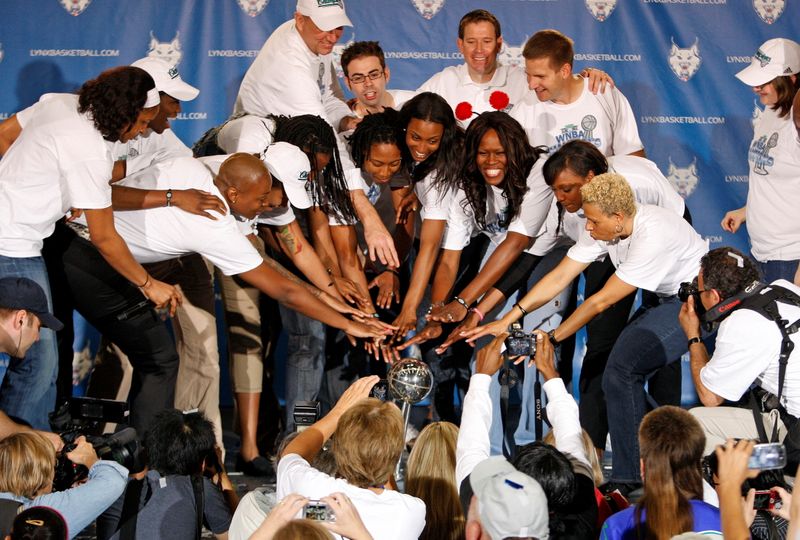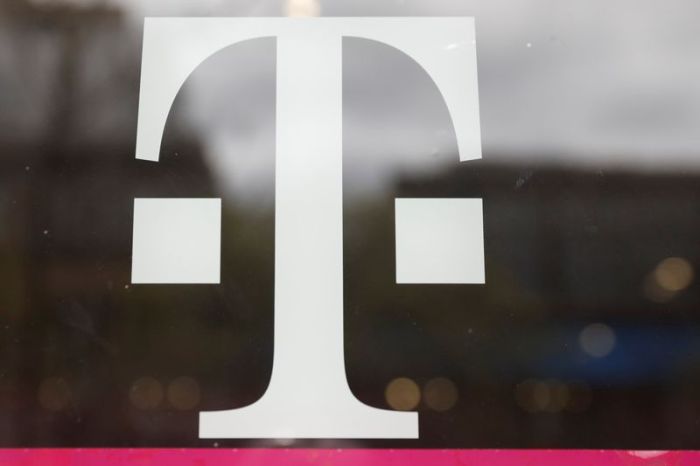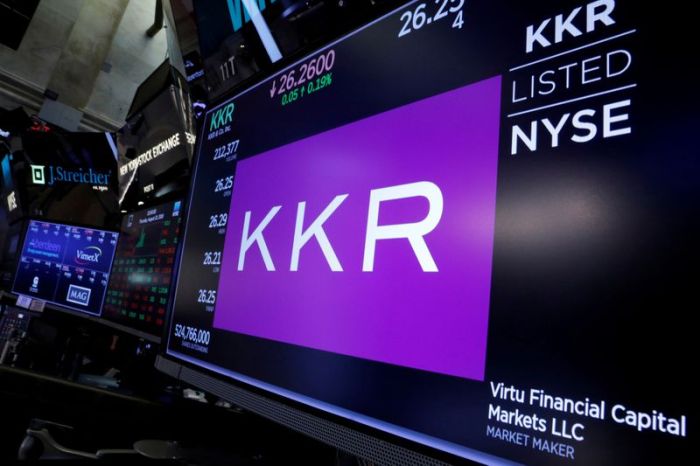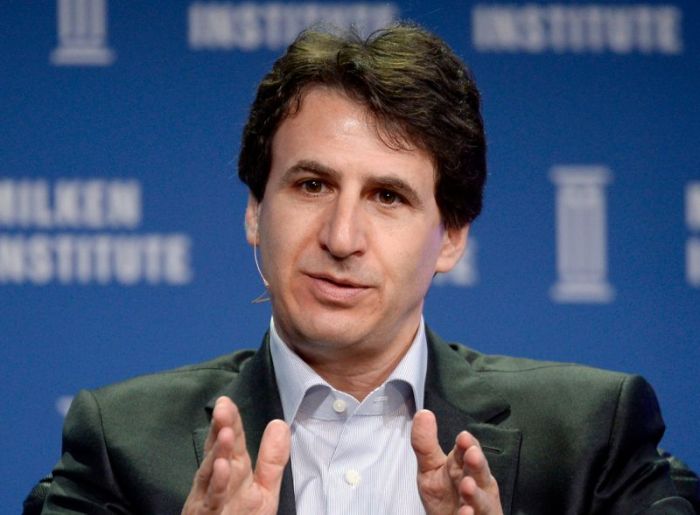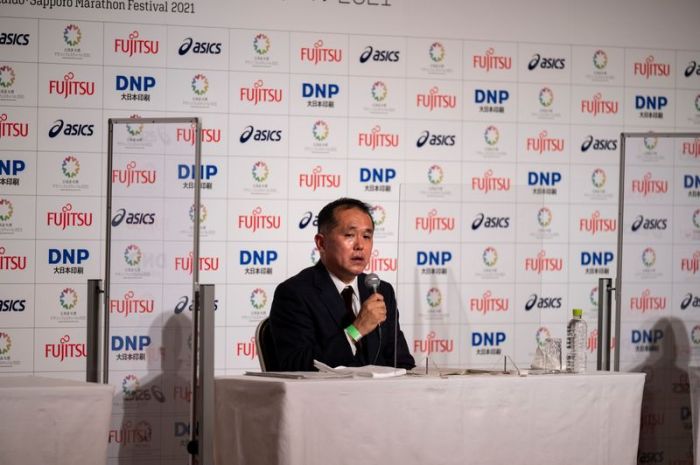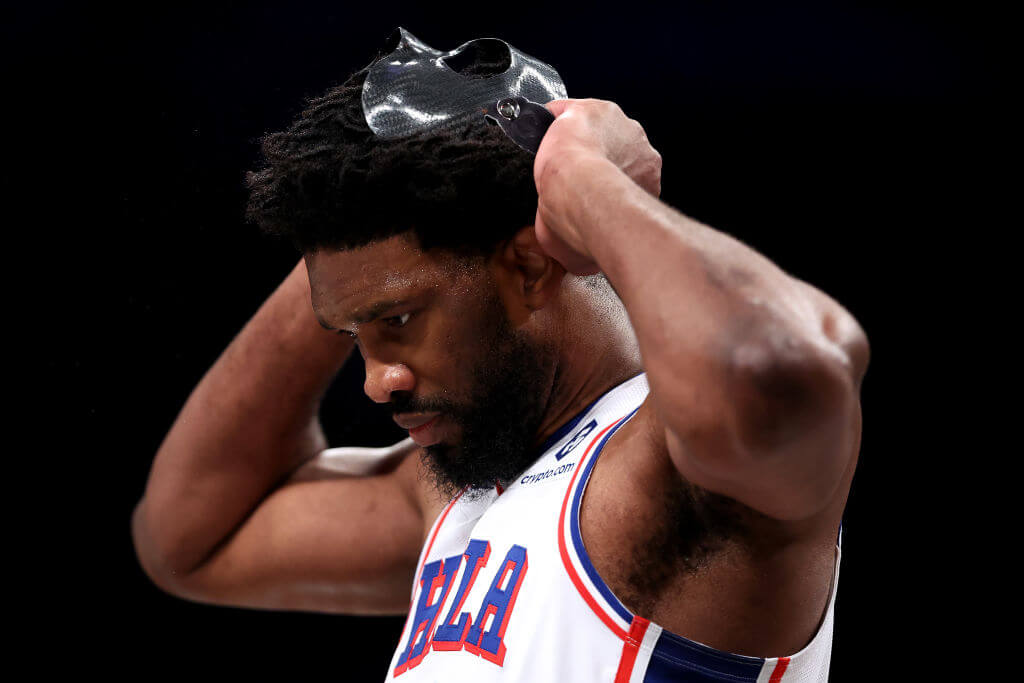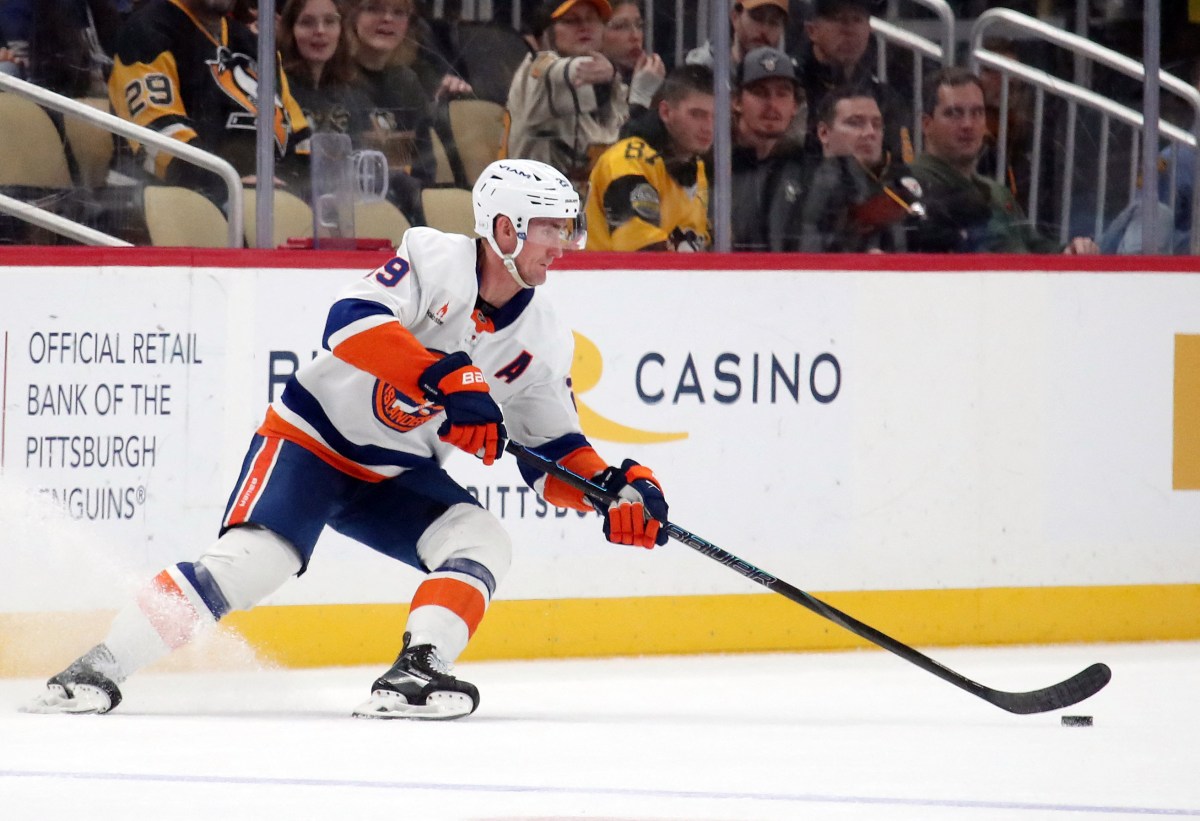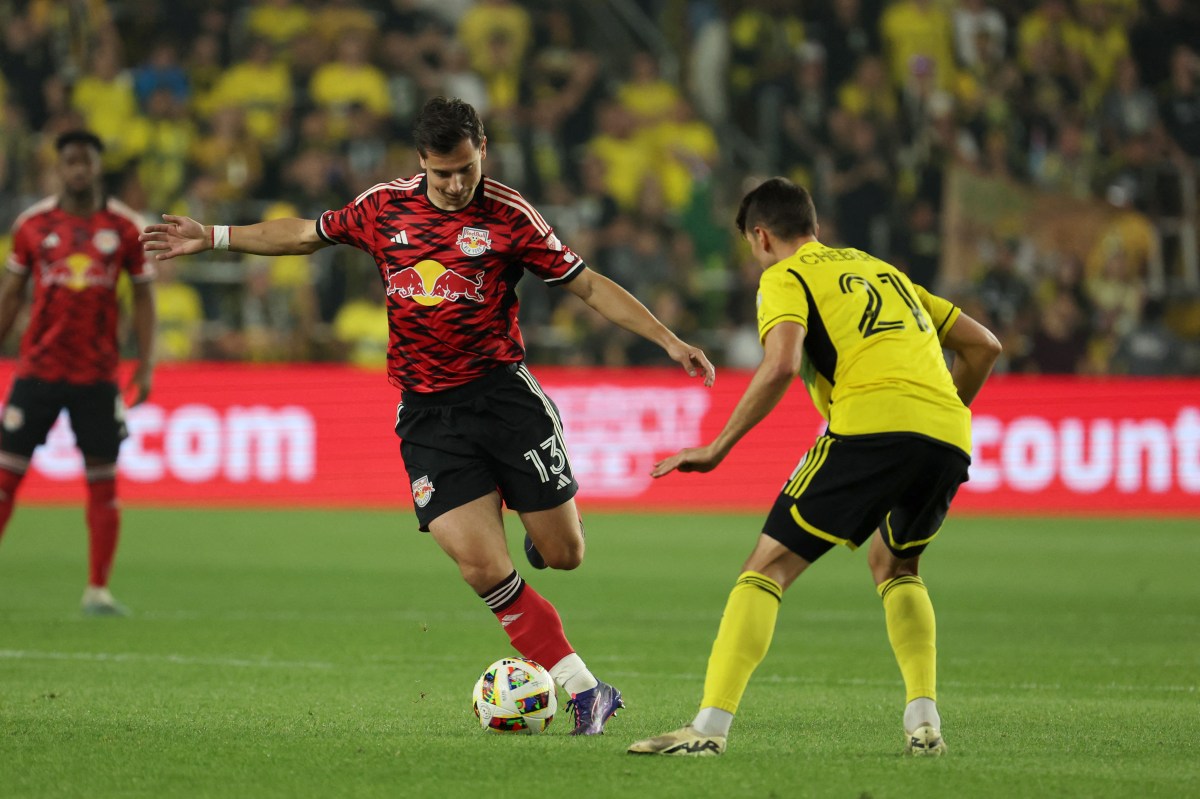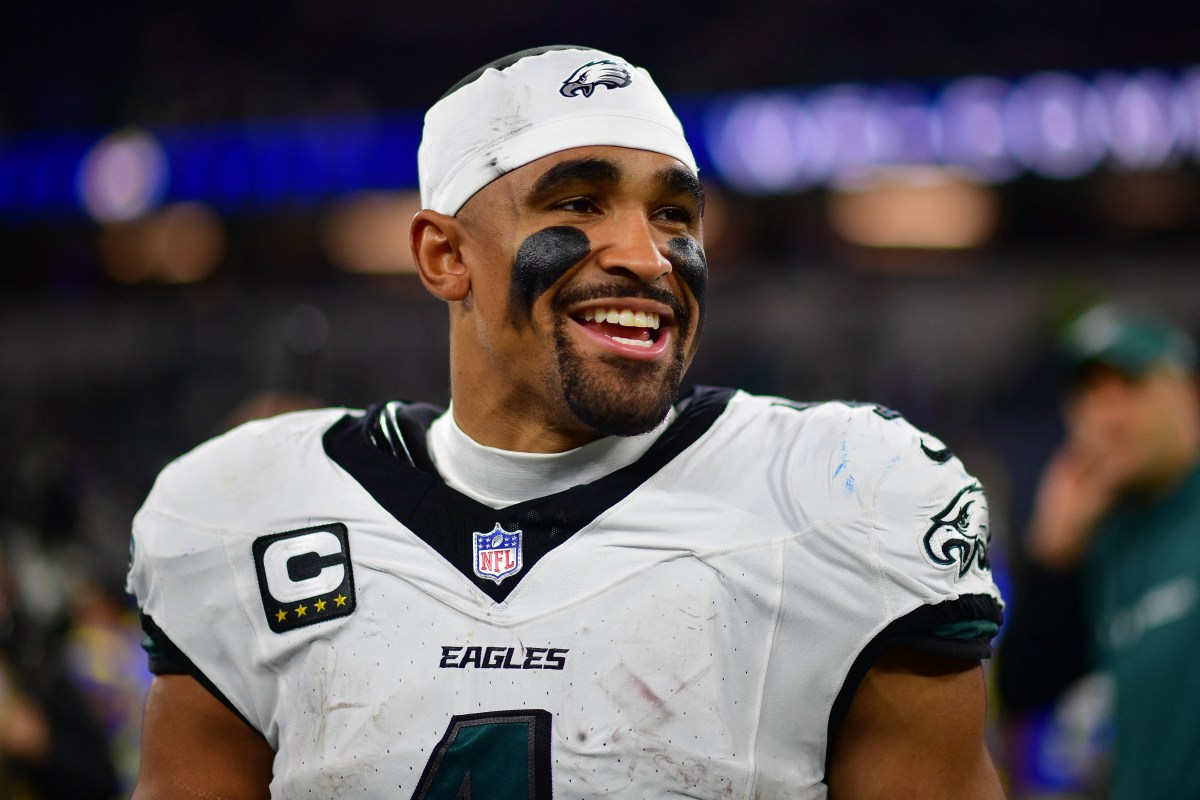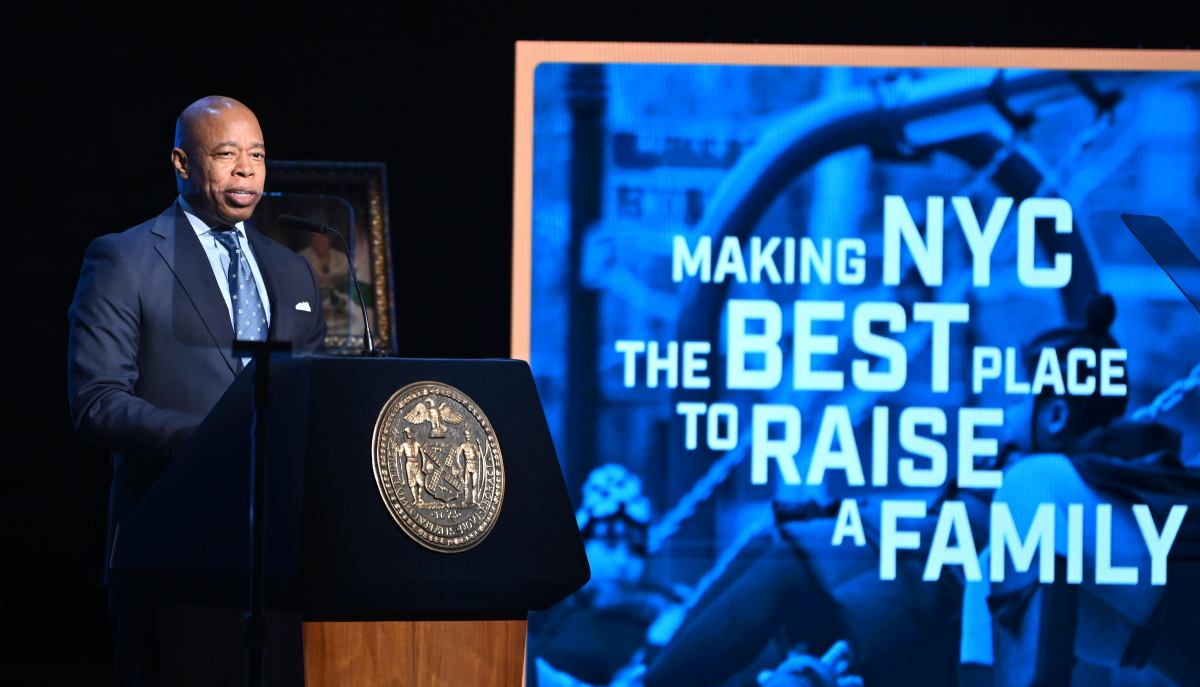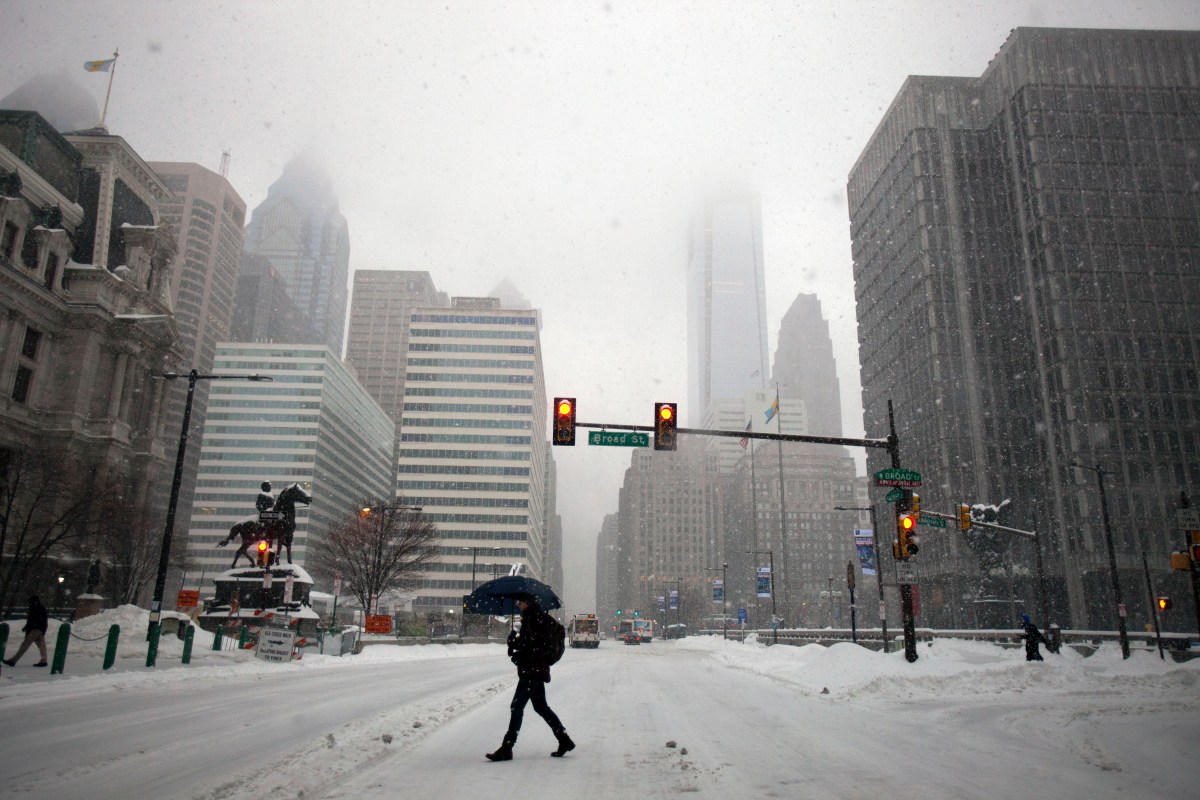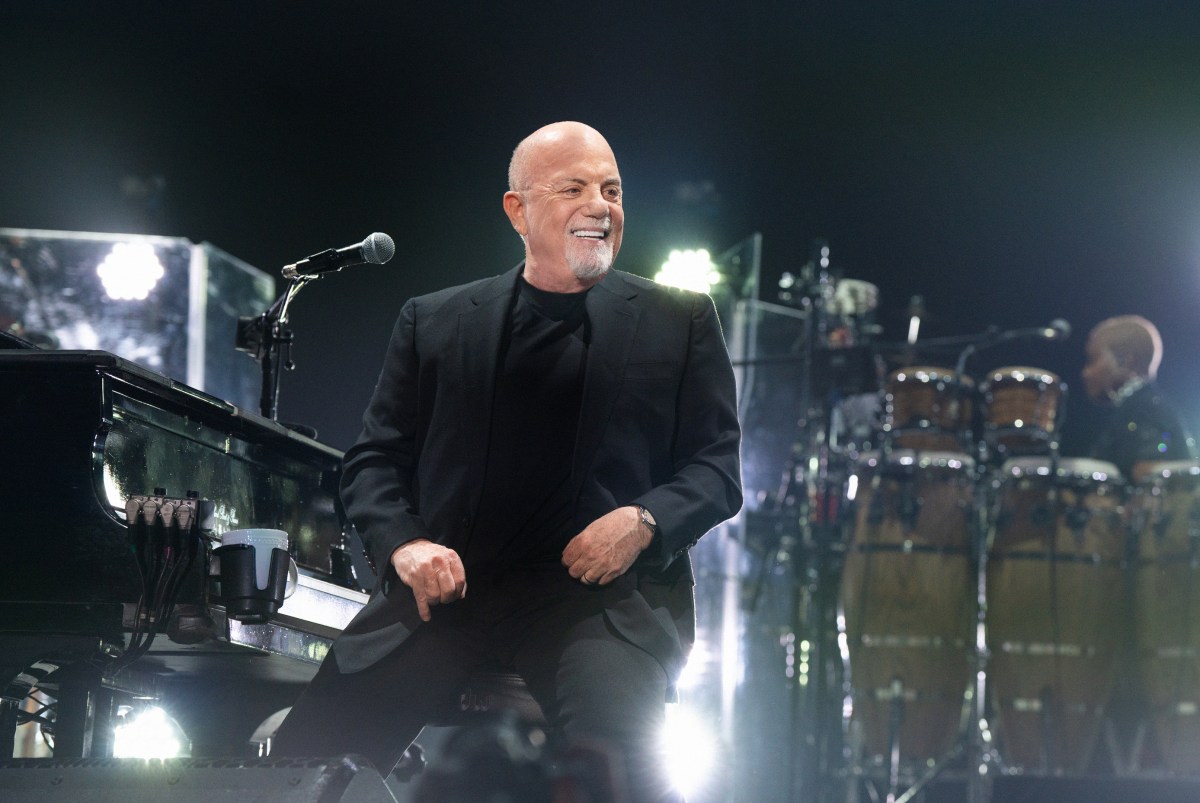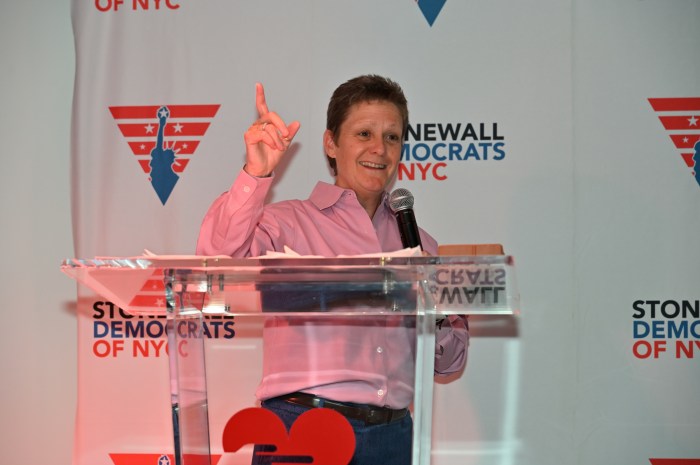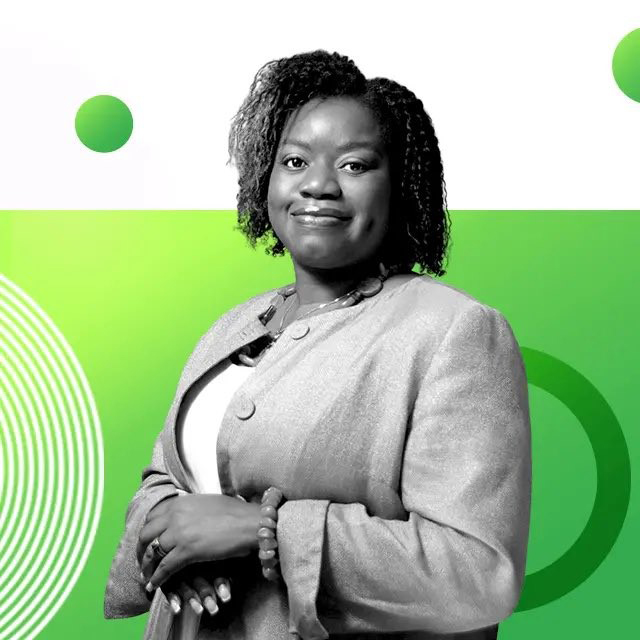NEW YORK (Reuters) – By age 22, Rebecca Lobo had picked up a national college basketball championship, numerous player-of-the-year awards and Olympic gold at the 1996 Atlanta Games.
But the 6-foot-4 (193 cm) center’s future on the court was uncertain: She joined the Women’s National Basketball Association (WNBA) in its inaugural 1997 season, at a moment when some questioned whether a professional women’s league could survive for the long term.
The U.S. Olympic team was “a little bit of a test balloon (for the) market for women’s professional basketball,” Lobo, now a 47-year-old Basketball Hall of Famer and ESPN basketball analyst, told Reuters.
“Are these women marketable? Are these tickets that we can sell?,” were among the questions that swirled around the women’s sport.
The answer came soon enough, and it was a decisive yes from the fans.
Playing for New York Liberty in the team’s first home game, Lobo said the near-capacity crowd of 17,780 filled Madison Square Garden with deafening cheering.
“I remember it being so loud in Madison Square Garden, we couldn’t hear the PA announcers say our names,” said Lobo.
Lobo and other pioneers of the WNBA never looked back.
‘HOW FAR IT COULD GO’
As play launched, Kym Hampton at age 35 was closer to the end of her career than the beginning after spending more than a decade overseas playing for teams in Europe and Japan.
Then a nearly unimaginable opportunity presented itself: a chance for a professional basketball career in the United States. Hampton was one of two players the Liberty picked up in the WNBA Elite Draft.
“Little boys in my era, they always grew up having a professional baseball league, professional football, professional basketball, professional leagues,” said the Louisville native and ambassador for the Women’s Sports Foundation “As women, we didn’t have that.”
“I didn’t envision how far it could go,” the 58-year-old recalled.
Hampton scored the first basket for Liberty at the WNBA’s inaugural game on June 21, 1997, between New York and the Los Angeles Sparks at the Great Western Forum, then the home of the Los Angeles Lakers.
She was struck by the connection she felt to the NBA stars who played there when she saw their locker room stools.
“Think of all the butts of the athletes, the former pro men’s NBA athletes that have sat in this,” she remembered telling herself.
“So I went and sat in every stool,” said Hampton. “I’m taking all the good play from every player that’s ever set their butt in this stool right here.”
JUGGLING CHILDCARE AND DRILLS
While the WNBA teammates may have been playing in the same spaces as their male counterparts, they were far from parity. In 1997, they earned a base salary of $15,000 while even low-ranking NBA players made six figures.
“We were willing to do whatever we had to say and do in order for this league to be successful,” said Vickie Johnson, a Liberty second-round pick in the inaugural elite draft.
“It wasn’t about the money. It was about playing the best league in the world and being recognized as a professional league and having a seat at the table,” recalled the 49-year-old, who after 13 seasons playing in the WNBA went on to serve as head coach of the San Antonio Stars and Dallas Wings.
Today’s top WNBA players can earn upwards of $500,000, courtesy of last year’s landmark collective bargaining agreement, which guaranteed new maternity benefits and better travel conditions.
“It’s a blessing to still be a part of a league that I sweat, I sacrificed my body for, and a league that I love,” Johnson said.
Last year, the sacrifices included all the teams quarantining inside a “wubble” during the pandemic. Several mothers had their children with them, and they balanced childcare with a demanding training regime and game schedule.
“But that just goes back to women, period,” said Johnson. “We have always endured more than our share of responsibility.”
As the season kicks off May 14, the WNBA is facing pressure to confront issues of race and equality like institutions throughout the United States are. Johnson is the league’s only Black woman head coach despite the players being predominantly Black.
NBA leadership are “going to have to devise a plan that allows these women to have opportunities,” said Hampton.
Commissioner Cathy Engelbert told reporters recently that the league is making progress but “we have to do better.”
The players sense the league is ready for a major breakout. Television ratings are rising, and more games were broadcast last summer than ever before.
WNBA is “right on the verge of just mainstream huge popularity,” said Lobo.
(Reporting by Amy Tennery; Editing by Cynthia Osterman)

